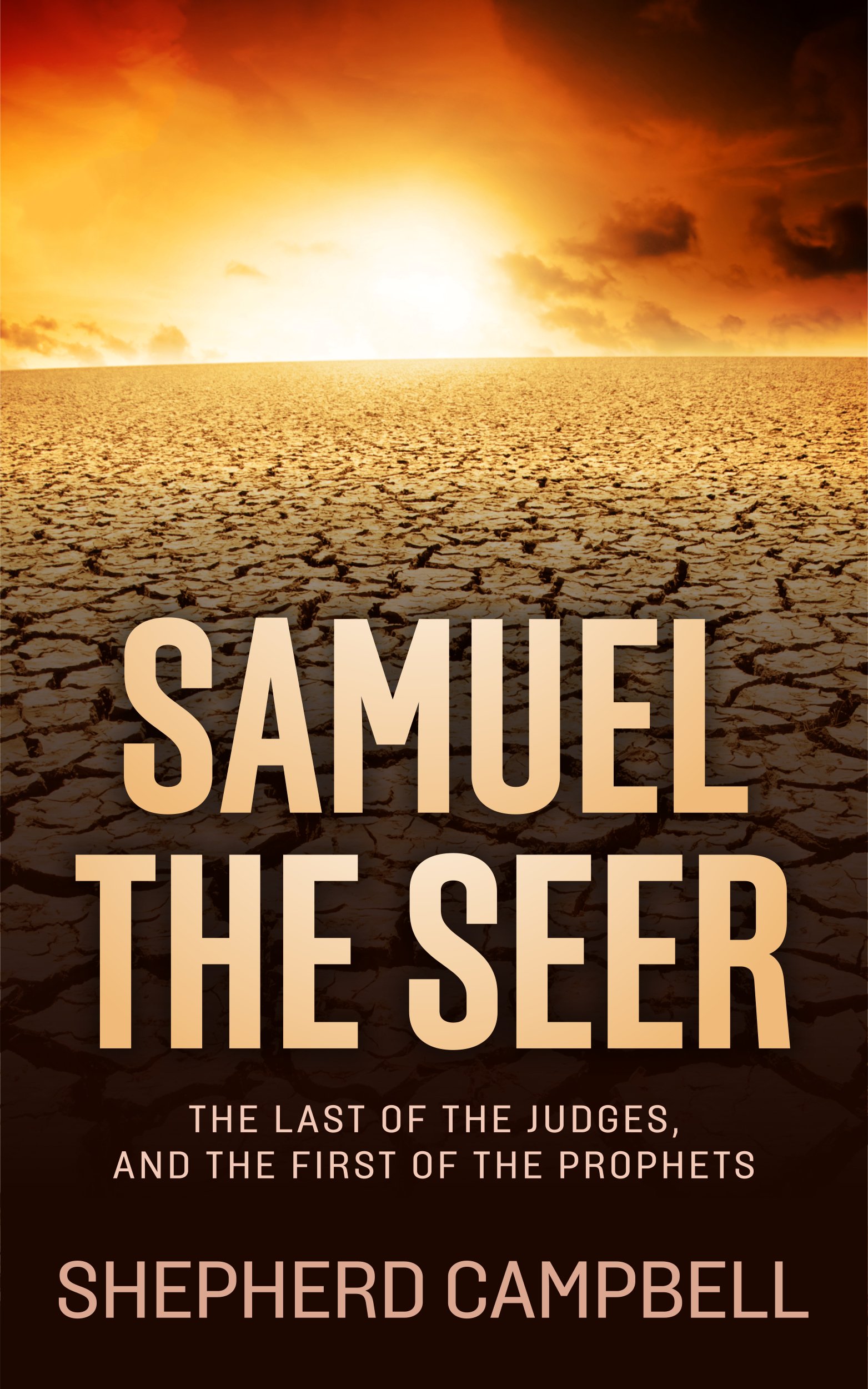VISIT OUR FACEBOOK PAGE!
DRAVIDIANS = SUMERIANS !
by Rasheed
(Vancounver)
http://www.torontolife.com/features/were-here-were-tamil-get-used-it/?pageno=1 this is tamil i am not interested in the article just the pic as it is a nice one
http://www.imagesofasia.com/html/pakistan/brahui-chief.html this brahui!
http://www.imagesofasia.com/html/pakistan/brahul-tribespeople.html brahui!
http://billygambelaafroasiaticanthropology.files.wordpress.com/2009/04/bedscha2.jpg
this is afro asiatic! the man in fore front how handsome!
now dravidians are L dna
The subclades of Haplogroup L with their defining mutation(s), according to the 2011 ISOGG tree:
L (M11, M20, M22, M61/Page43, M185)
L* Found only in Europe from Ireland to Eastern Europe26
L1 (M295) Found from Western Europe to South Asia 27
L1*
L1a (M27, M76, P329) Found frequently in Indians, Sri Lankans, and Balochs, with a moderate distribution in other populations of Pakistan, southern Iran, and Arabia but also in European populations
L1b (M317) Found at low frequency in Central Asia, Southwest Asia, and Central Europe
L1b*
L1b1 (M349) Principally found in Europe
L1b2 (M274)
L1c (M357) Found frequently among Burushos, Kalashas, Chechens and Pashtuns, with a moderate distribution among other populations in Pakistan, Georgia, northern Iran, India, the UAE, and Saudi Arabia
L1c*
L1c1 (PK3) Found frequently among Kalash
info below is from wikipedia!
L was found in( 51% of Syrians from Al-Raqqah), a northern Syrian city in which its previous inhabitants have been wiped out by the Mongols by and repopulated in recent times by local Bedouin populations and Chechen war refugees.4 In a small sample of Israeli Druze haplogroup L was found in 7 out of 20 (35%). However, studies done on bigger samples showed that L-M20 averages 5% in Israeli Druze,5 8% in Lebanese Druze,6 and it was not found in a sample of 59 Syrian Druze. Haplogroup L has been found in 2.0% (1/50)7 to 5.25% (48/914)8 of Lebanese. wikipedia
((L y dna)
(Syria 51.0% ))(33/65) of Syrians in Al-Raqqah,( 31.0% of Eastern Syrians) Mirvat El-Sibai et al. 20094 Iran 3.4% L1-M76 (4/117) and 2.6% L2-M317 (3/117)
for a total of 6.0% (7/117) haplogroup L in southern Iran
3.0% (1/33) L3-M357 in northern Iran Regueiro et al. 2006(( Turkey 57% in Afshar village,)) 12% (10/83) in Black Sea Region, 4.2% (1/523 L-M349 and 21/523 L-M11(xM27, M349)) Cinnioğlu et al. 2004, Gokcumen (2008)
Mari (modern Tell Hariri, Syria) was an ancient( Sumerian and Amorite city), located 11 kilometers north-west of the modern town of Abu Kamal on the western bank of Euphrates river, some 120 km southeast of Deir ez-Zor, Syria. It is thought to have been inhabited since the 5th millennium BC, although it flourished with series of superimposed palaces that spans a thousand years, from 2900 BC until 1759 BC, when it was sacked by Hammurabi.1
Abu Kamal (Arabic: أبو كمال, Turkish: Ebu Kemal or Kışla) is a city in eastern Syria on the Euphrates River near the border with Iraq. The Euphrates divides Abu Kamal into two areas: Shamiyya (belonging to the Levant) and Jazira (belonging to Mesopotamia) Al-Jazira, a plains region consisting of northeastern Syria and northwestern Iraq, quite distinct from the Syrian Desert and lower-lying central Mesopotamia. Abu Kamal is an economically prosperous farming region with cattle-breeding, cereals, and cotton crops. It is also home to the historical site Dura-Europos and the ancient kingdom of Mari. info from wikipedia
SAMUEL the SEER
Now Available in Print & eBook on Amazon!!
POPULAR TOPICS
Learn more about these popular topics below. The Bible is full of fascinating stories, characters and mysteries!
BIBLE MAPS
Explore the land of the Old Testament! View these maps of the Bible.

